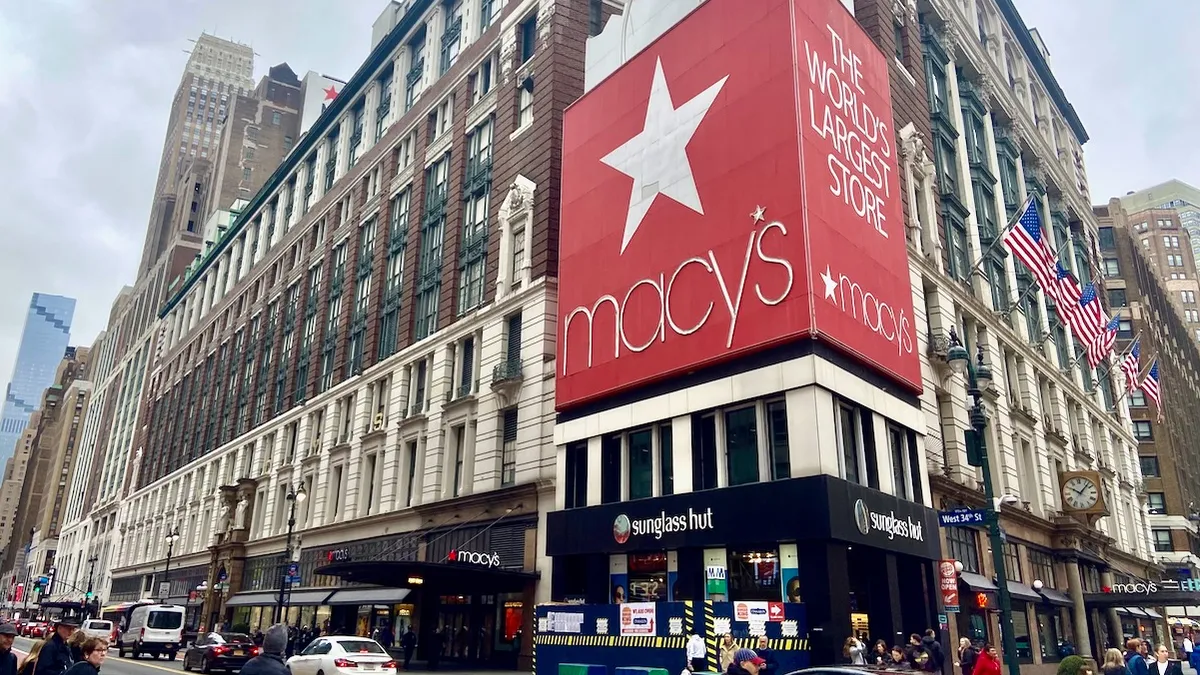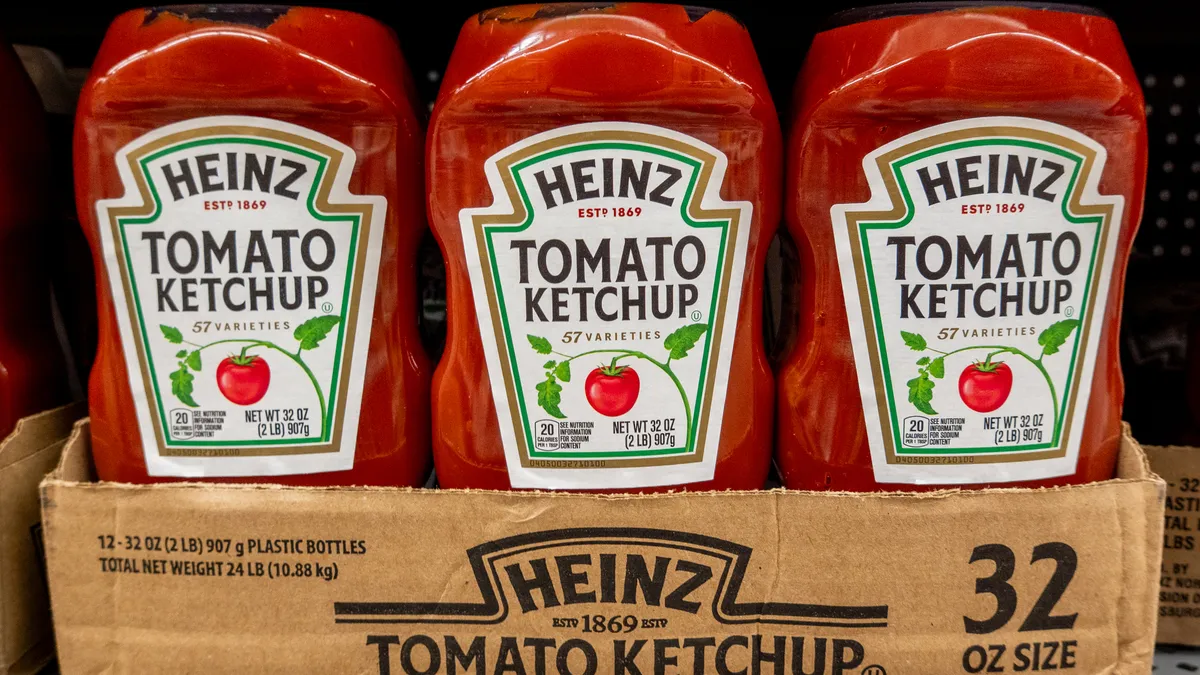Supply chains are constantly changing as new rules, technologies, resources and market trends transform operations. Here's a skim of the week's indexes, technology announcements, expansions and M&As from around the web.
In Case You Missed It:
- Hurricane Harvey ravaged Gulf Coast supply chains twice this week.
- CSX CEO E. Hunter Harrison revealed his plans for the railroad.
- Airlines are concerned IKEA-style bombs will make it onto cargo planes.
Market Snapshot
If the Great Recession taught us anything, it was that the global economy is far more interdependent than we usually give it credit for. Fiscal crises in the U.S. and the EU wreaked havoc on global markets over the past decade, showing the full force of globalization.
Since then, however, advanced economies have had trouble mounting a speedy recovery, prompting a backlash against the once-sacred tenets of free and global trade.
"Openness to trade is under threat, and this means that policies aimed at answering this backlash are a vital part of the policy mix for dynamic growth," said Mario Draghi, president of the European Central Bank at the Federal Reserve's Jackson Hole conference last week. "Some of those policies can be implemented domestically, but some can only be effectively enacted through multilateral cooperation."
While he was criticized for not directly addressing his plans for European monetary policy, the speech was a nod to the rising political movements that could threaten the status quo. The U.S. and the EU have both experienced tepid growth rates for years, which while not ideal, have led to sustained economic stability. However, this also means growth is fickle, and sudden shifts in global markets — like a wave of trade wars — could undermine this stability.
Calls for openness to trade are commonplace, but these need to be matched by domestic initiatives that lead to higher growth. "To inject more dynamism into the global economy we need to raise potential output growth, and to do so with ageing societies we need to lift productivity growth," Draghi said. Previous editions of this column have highlighted the need for skilled and diverse labor pools to raise the production possibility frontier. But another ingredient is access to capital and technology, which is facilitated by openness to trade.
In other news, the U.S. Department of Labor released the latest job figures this morning, which suggest an employment slowdown. After two consecutive months of above-expectations job growth, the U.S. added just 156,000 jobs in August and unemployment levels rose by one point to 4.4%. The results are still favorable, as economists did not expect growth to continue unabated for long, and August is a traditionally weak hiring month, according to the New York Times.
Technically Speaking
According to a report from InsideSources earlier this week, millennials and Generation Z both expect virtual reality (VR) to play a significant role in their work, and are “enthusiastic” about its potential in the workforce. Speaking of VR, there’s a funding trend of throwing money at VR tech and startups, according to data compiled by CB Insights, revealing that VR is receiving more funds than its counterpart, augmented reality (AR). According to CB Insights, “mega-deals” are becoming increasingly common in VR and AR, as more companies seek to implement the tech into their operations. Younger generations’ interest in the tech could even help close the industrial talent shortage.
CB Insights also noted that Tesla and Amazon now have patents for a new, better solar roof and a talking delivery drone, respectively.
In other news, Cummins introduced the first fully electric semi-tractor on Tuesday, CCJ Digital reported. What’s fun about this tractor is it’s already on its way to field trials with Cummins’ customers. While Tesla and others may be experimenting with electric trucks, Cummins slipped under the radar and revealed one first and now has first dibs in the customer pool.
Furthermore, The Wall Street Journal reported Tuesday that Nissan and Renault are teaming up to build a new electric car in China. This makes sense, as China is warming up to be the hot market for electric vehicles (EVs), per the Chinese government’s attempts to reduce pollution. The Chinese want EVs, which is why Tesla is exploring production there as well.
Breaking Ground
Amazon announced plans to build a new 1 million square foot distribution center in Salem, OR, that will employ 1,000 full-time workers. According to Seeking Alpha, the announcement comes almost two months after the e-commerce giant announced plans to hire 1,500 full-time workers for a new $178.4 million, 855,000 square foot distribution center in Troutdale, OR.
Not to be outdone on the West Coast, Big Lots also just announced it will build a $120 million, 1.3 million square foot distribution center in Apple Valley, CA, which will employ 400-500 workers.
In other news, Lear — a seat and electrics supplier for General Motors — will build a manufacturing facility near Flint, MI to produce parts for GM “on demand,” Automative Logistics reported Wednesday. The move suggests GM is establishing more control over its supply chain and inventory management, as having an “on demand” supplier nearby is likely to aid in reducing lead times, cutting costs and stabilizing inventory levels to better meet demand.
Mergers & Analysis
Businesses are in a buying mood this summer as they bid for access to more markets.
This week alone, global third-party logistics provider (3PL) C.H. Robinson purchased Canadian customs broker freight forwarder and surface transportation provider Milgram & Company for CAD$62 million ($50 million dollars). The purchase is C.H. Robinson's third purchase of an international freight forwarder within five years, providing the Minneapolis, MN-based company in-house expertise for Canadian supply chains.
Similarly, on Wednesday, Hamburg, Germany-based Korber announced it had acquired U.S. supply chain and cloud solutions provider HighJump as it seeks to increase its role in digitization solutions. HighJump will join the Kober group's growing list of supply chain software companies, which also include Inconso, DMLogic and Aberle, according to a press release. The stakeholders did not disclose a purchase price.
The two purchases show acquisitions are a viable method for entering new markets, as it affords the buying company expertise that may take years to build otherwise. While the two companies highlighted above are asset-light, the same reasoning applies — and perhaps to a greater extent — for asset-based companies.
Beacon Roofing Supply, for example, announced last week it would buy Allied Building Products for $2.63 billion in order to expand its footprint in New York, according to The Wall Street Journal. The Journal also reports Volkswagen and Fiat are exploring a joint venture to produce light vehicles, and United Technologies may soon buy Rockwell Collins to further consolidate the aircraft equipment market.
In other news, COSCO Shipping's purchase of OOCL in July seemed to wrap up a wave of consolidation in the ocean shipping industry. Yet, Splash 24/7 reports COSCO still has $900 million to spend on another acquisition, and the company leadership is considering all its options. It should be noted, however, that integrating a new company can be a long and costly process, as shown by Hapag-Lloyd's recent earnings report.






















